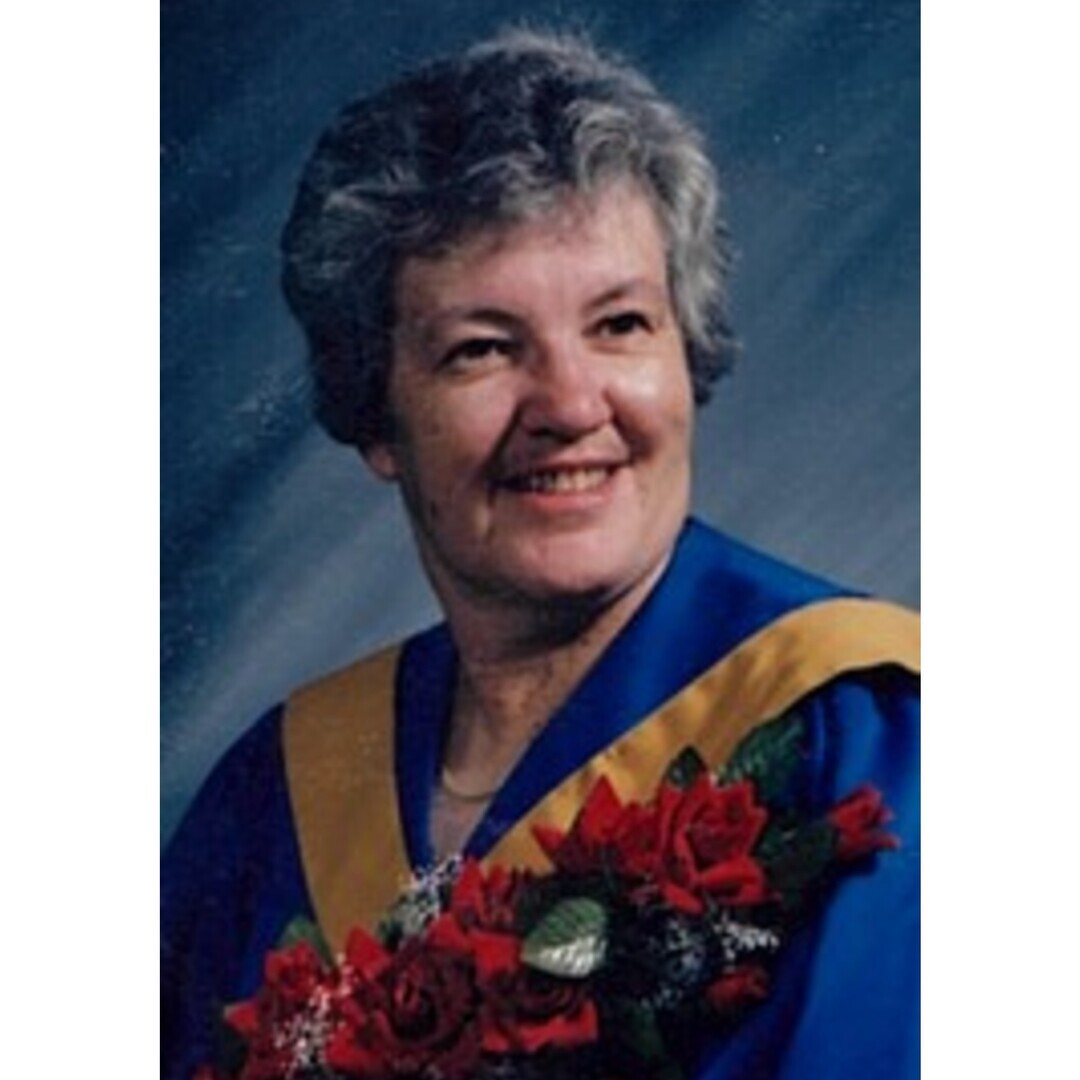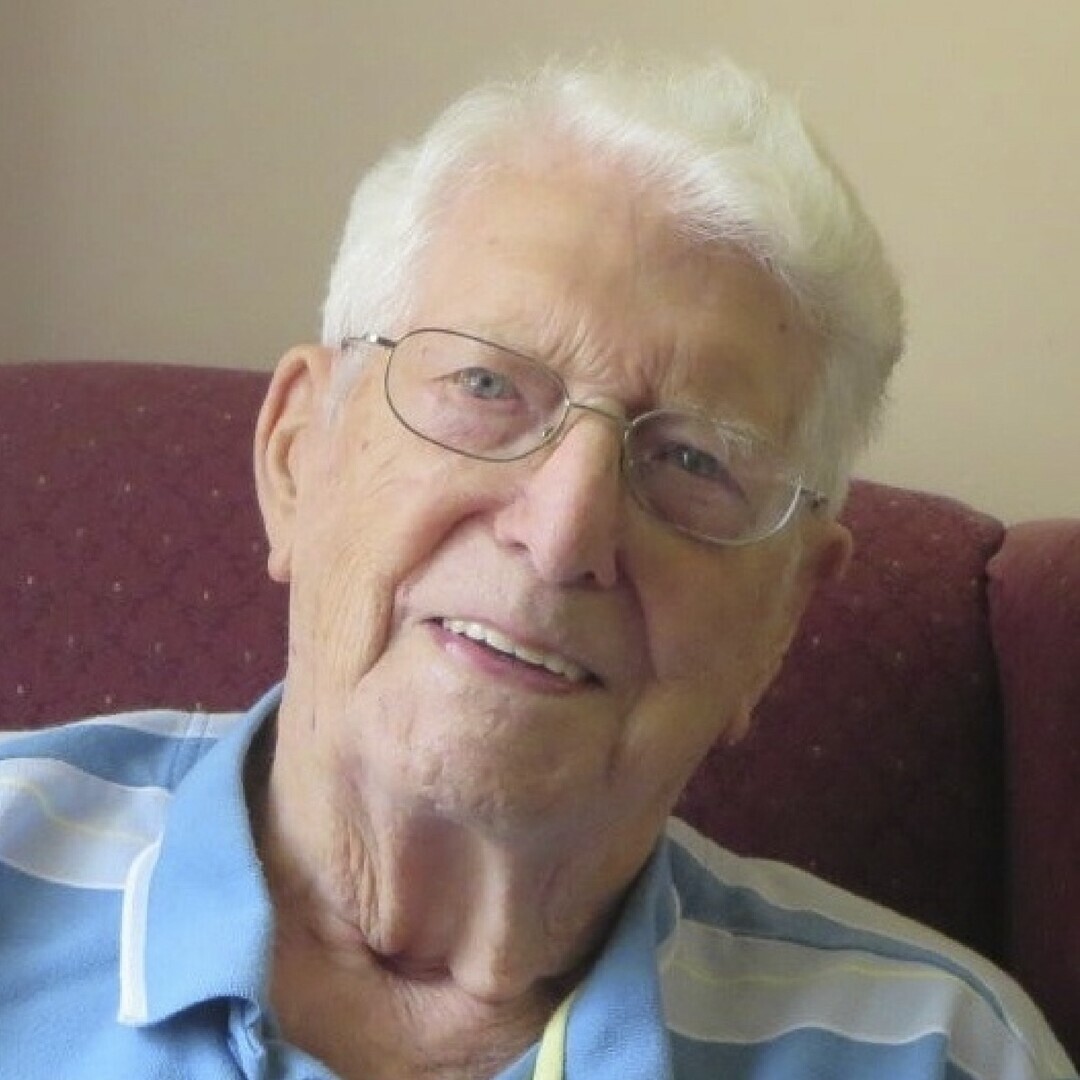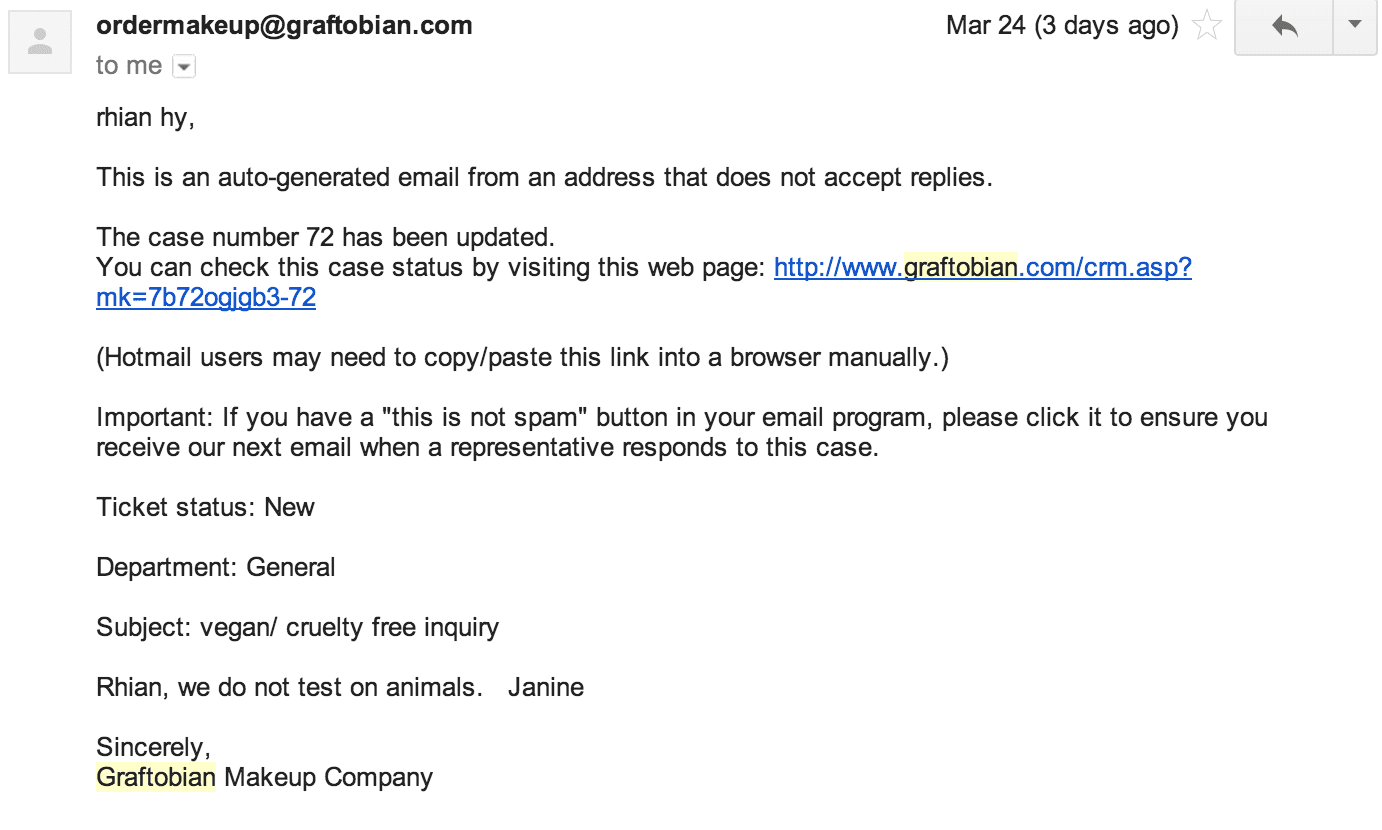Worcester Telegram obituaries by location: Finding loved ones’ final tributes often involves navigating complex online resources. This analysis explores the current obituary search functionality on the Worcester Telegram website, identifying areas for improvement in user experience and accessibility. We’ll examine user search intent, analyze website structure, and propose design solutions for a more intuitive and efficient location-based obituary search.
The goal is to create a system that provides comfort and ease of use during a difficult time.
Our investigation delves into the challenges of implementing precise location-based searches for obituaries, considering technical limitations and user needs. We’ll review examples from other major newspaper websites, outlining best practices for data presentation, visual clarity, and accessibility. We’ll also propose solutions to improve the overall user experience, including the use of interactive maps and improved visual cues to enhance navigation and information retrieval.
Improving Worcester Telegram’s Obituary Search by Location: Worcester Telegram Obituaries By Location
This article analyzes the current obituary search functionality on the Worcester Telegram website, focusing on location-based searches. It identifies user needs, proposes improvements to website structure and search interface, and addresses accessibility considerations to enhance the overall user experience.
Understanding User Search Intent
Source: prfct.cc
Users searching “Worcester Telegram obituaries by location” primarily aim to find death notices for individuals within a specific geographic area in Worcester. This search reflects a need for localized information, often driven by personal connections or community ties.
| User Type | Motivation | Emotional State |
| Family Member | Locating obituary of a deceased relative. | Grief, sadness, potentially seeking closure. |
| Friend | Finding obituary of a deceased friend. | Sadness, remembrance, potential need for contact information. |
| Community Member | Learning about the passing of a local resident. | Curiosity, empathy, potential connection to the deceased. |
| Researcher/Genealogist | Gathering historical data on individuals from a specific area. | Focused, methodical, seeking accurate information. |
Analyzing the Worcester Telegram Website Structure, Worcester telegram obituaries by location
The current obituary section’s navigation structure and categorization need analysis. A detailed assessment would involve examining the site’s architecture, identifying existing search parameters, and evaluating the user experience.
A comparison with other major newspaper obituary websites (e.g., The New York Times, Los Angeles Times) would reveal best practices and potential areas for improvement. For example, these sites often use robust search filters including location, date range, and name, improving the findability of obituaries. An improved structure should prioritize location-based searches, offering intuitive filtering options at the outset.
Exploring Location-Based Search Functionality
Many websites offer effective location-based obituary search features. For example, some sites utilize interactive maps to display obituaries geographically, while others allow users to search by zip code or city. However, implementing precise location-based search for obituaries presents challenges, including data accuracy and consistency in address information.
| Search Field | Filter Options |
| Location | City, Zip Code, Neighborhood (if applicable) |
| Date Range | Customizable date selection |
| Name (optional) | Partial name matching |
Technically, this requires a database capable of handling geographic data (potentially using latitude/longitude coordinates) and a user interface that allows for intuitive input and filtering.
Discover the crucial elements that make 1944 how old am i the top choice.
Data Presentation and User Experience
Presenting obituary information with a focus on location requires a clear and concise layout. Visual clarity and intuitive design are crucial for user experience, especially during a time of grief.
- Displaying a map with obituary locations pinned.
- Using clear headings and subheadings to organize information.
- Implementing a consistent visual style throughout the obituary section.
- Offering options to sort results by date, location, or name.
A user flow diagram would illustrate the improved search process:
- User navigates to the obituary section.
- User selects location filter (city, zip code).
- User refines search with optional date and/or name filters.
- System displays relevant obituaries on a map or in a list.
- User clicks on an obituary to view details.
Accessibility Considerations
Accessibility is crucial. Users with disabilities should be able to access and use the obituary search function without difficulty. This involves careful consideration of screen readers, keyboard navigation, and alternative text for images.
Semantic HTML, using appropriate tags (e.g., <header>, <nav>, <main>, <article>, <aside>) improves accessibility by providing structure and context for assistive technologies. Providing alternative text for images and ensuring sufficient color contrast are also vital.
Illustrative Examples of Obituary Presentation

Source: prfct.cc
An obituary entry should clearly display the location, perhaps using a small map icon next to the address or integrating a small map directly into the obituary itself. A visually appealing design, using clear typography and a calming color scheme, would enhance readability and comprehension. Visual cues, like bolding key information (e.g., name, date of death, location), would improve scannability.
Interactive elements, such as zooming into the map to see more detailed locations or filtering by distance from a specified point, could further enhance the location-based search. A consistent and intuitive color scheme, using a palette that promotes readability and avoids overwhelming the user, would improve the overall experience.
Epilogue
Improving the Worcester Telegram’s obituary search functionality, particularly location-based searches, is crucial for enhancing user experience and providing comfort during a difficult time. By implementing the suggested design improvements, including intuitive navigation, accessible features, and clear visual presentation of data, the Worcester Telegram can offer a significantly improved service for those seeking information about loved ones. This analysis highlights the importance of considering both technical feasibility and user emotional needs when designing online obituary resources.



